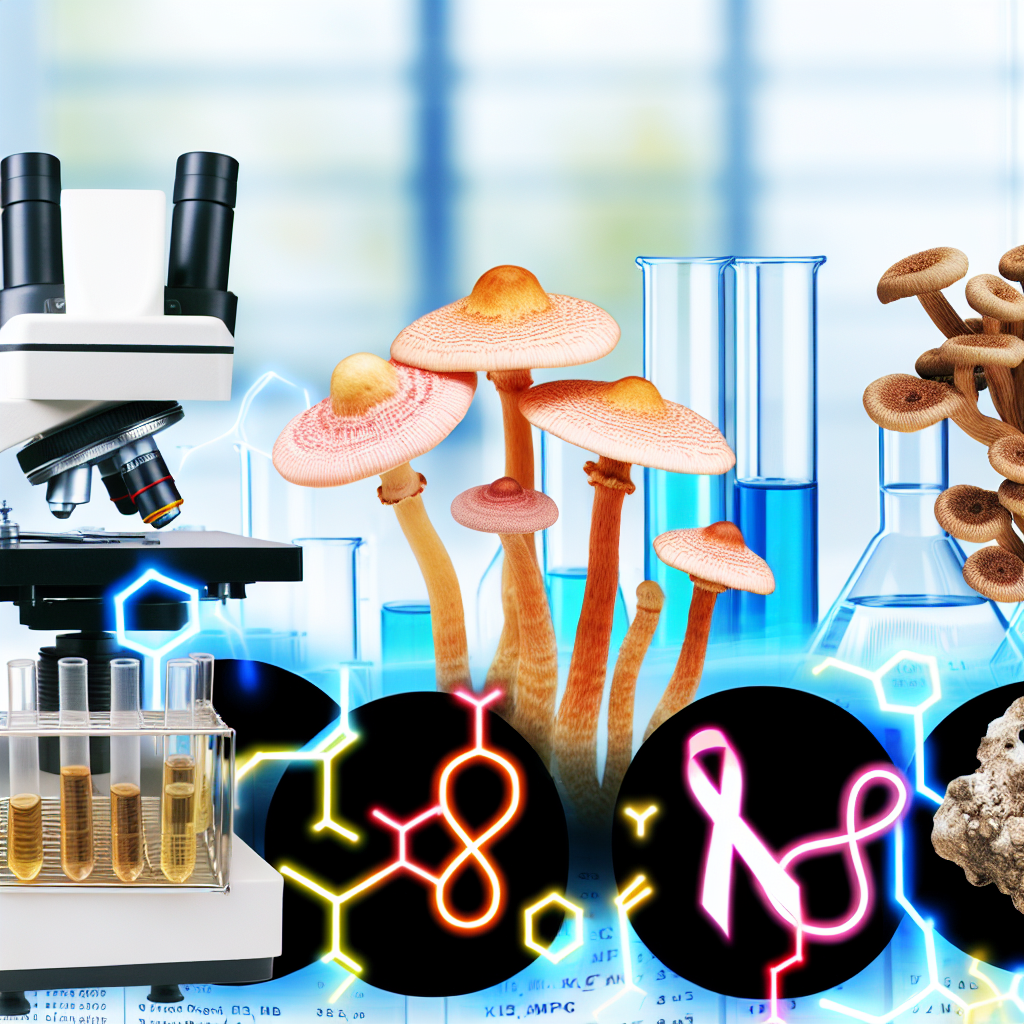One of the most effective ways to improve one’s mood and overall well-being is through physical activity; endorphins are an essential component of this process. An explanation of how it operates is as follows:
Engaging in physical activity has various advantages for our physical and emotional well-being, including the release of endorphins. Endorphins are released into our bodies, which is one of the most noteworthy benefits of this activity.
Both the pituitary gland and the neurological system are responsible for the production of endorphins, a type of hormone. Endorphins are well known for their ability to increase mood and function as natural painkillers.
The increased demand for energy our bodies experience when we engage in physical exercise directly increases the amount of oxygenated blood that flows to our brains. As a result, endorphins are released into our bodies.
The interaction between these endorphins and the receptors in our brains reduces the sensation of pain and produces a feeling of euphoria.
Because of this, engaging in regular physical activity can be a helpful method for managing mental health difficulties.
Not only do endorphins assist us in managing our physical pain, but they also have the potential to assist us in managing our emotional anguish. It is well-recognized that they alleviate tension, worry, and sadness. Because of this, engaging in regular physical activity can be a helpful method for managing mental health difficulties.
In addition to alleviating pain and increasing mood, endorphins strengthen the immune system, enhance sleep quality, and reduce inflammation throughout the body. This is because the treatment plan for chronic conditions like diabetes, hypertension, and arthritis typically includes physical exercise as a component of the treatment.
To summarize, one of the many advantages of engaging in physical activity is that it promotes the release of endorphins within our bodies. Participating in regular physical activity can assist us in managing discomfort, enhancing our mood, and enhancing our general health and well-being. Therefore, the next time you engage in physical exercise, keep in mind that you are working out your body and providing yourself with a natural dose of happiness and relieving pain.
Endorphins can attach to opioid receptors in your brain, which is similar to how opioid drugs operate. This allows them to provide pain relief and pleasure. The sensation of pleasure and euphoria this binding can trigger is sometimes called the “runner’s high.” It also helps lessen the impression that you are experiencing pain.
However, it is essential to remember that endorphins are not the sole reason physical activity makes you feel good.
Enhanced Mood and Well-Being: Exercise can produce endorphins that can contribute to improved mood, decreased stress and anxiety, enhanced sensations of happiness and well-being, and improved sleep quality.
However, it is essential to remember that endorphins are not the sole reason physical activity makes you feel good. The following are some additional aspects that contribute:
Enhanced Blood Flow: Physical activity has been shown to optimize blood flow to the brain, thereby supplying oxygen and nutrients that can improve mood and cognitive function.
Reduction of Stress Hormones: Physical activity can help reduce stress hormones such as cortisol, resulting in a calmer and more relaxed state.
Sense of achievement: Completing a workout or reaching fitness goals can benefit one’s self-esteem and provide a sense of accomplishment, further contributing to happy emotions.
The next time you feel anxious or unhappy, you might want to consider lacing up your shoes or going to the gym. Exercise is a potent tool for fostering general well-being and a natural mood booster.

Dominic E. is a passionate filmmaker navigating the exciting intersection of art and science. By day, he delves into the complexities of the human body as a full-time medical writer, meticulously translating intricate medical concepts into accessible and engaging narratives. By night, he explores the boundless realm of cinematic storytelling, crafting narratives that evoke emotion and challenge perspectives.
Film Student and Full-time Medical Writer for ContentVendor.com




